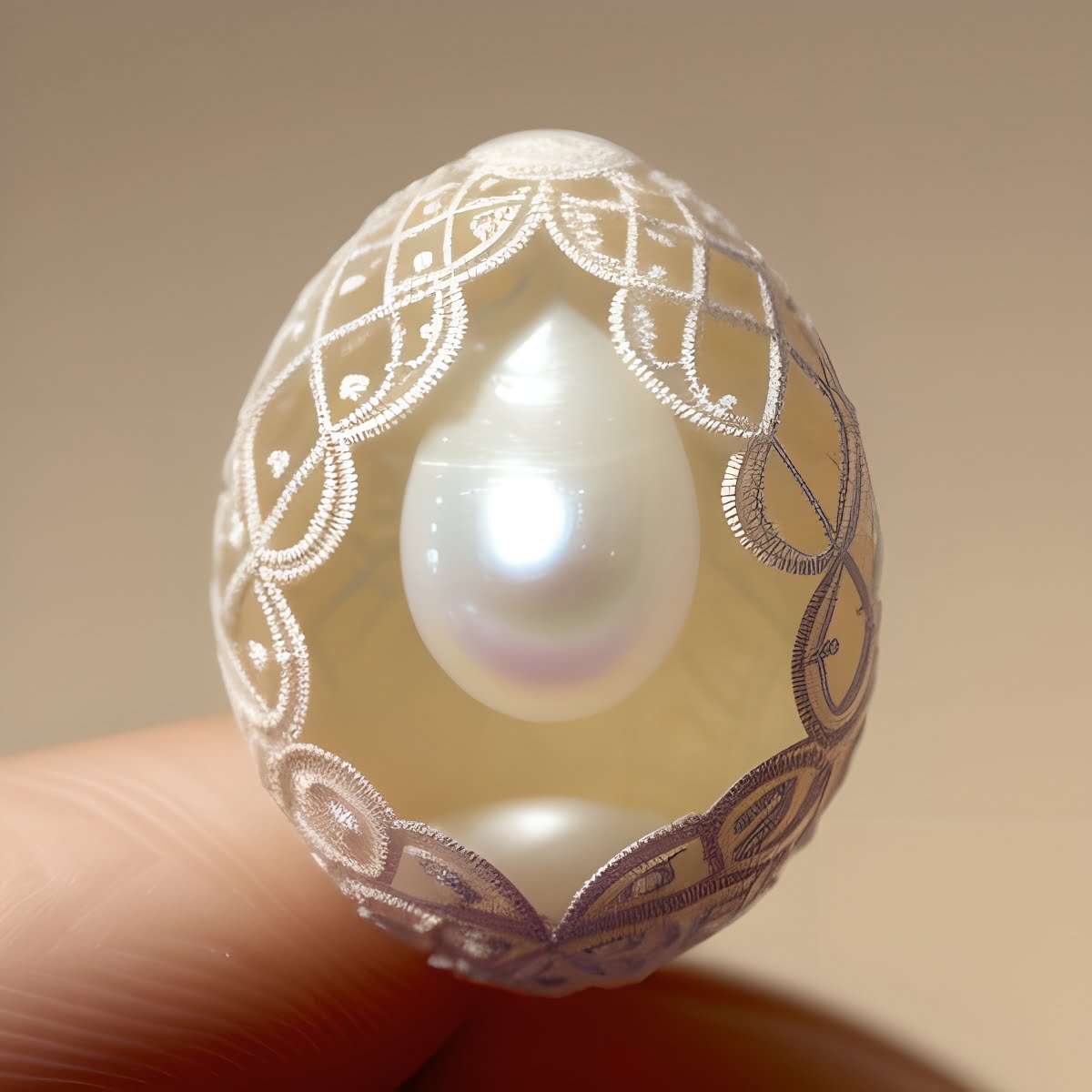The world of insects is brimming with wonders, and the Monarch butterfly’s life cycle is a testament to nature’s intricacy and beauty. One of the first stages in this awe-inspiring journey is the Monarch butterfly egg, a delicate and vital precursor to the well-known butterfly.
A Vivid Glimpse
Imagine a tiny jewel, not bigger than a pinhead, glistening under the sun. This is the Monarch butterfly egg. It’s shaped like a minuscule oval, and its surface gleams with a creamy white hue, reminiscent of a pearl. When observed closely, one might even notice the intricately textured surface, which appears like a finely woven basket or delicate lacework. Such intricate details serve not just as nature’s artwork, but also play a crucial role in protecting the soon-to-be caterpillar inside.
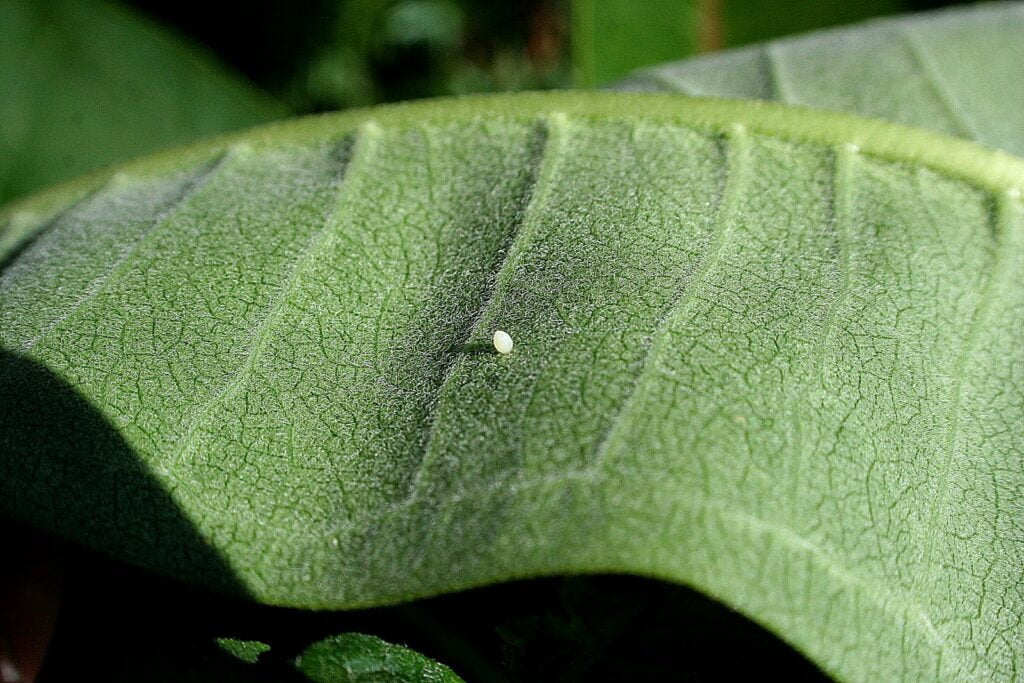
A Safe Haven: The Milkweed Plant
The Monarch butterfly is very particular about where it lays its eggs. The chosen sanctuary is almost always the underside of a milkweed plant leaf. The reason? Milkweed is not just any plant for the Monarch; it’s the primary food source for the emerging caterpillar. By placing their eggs on the milkweed, Monarch butterflies ensure that their offspring have immediate access to food upon hatching.
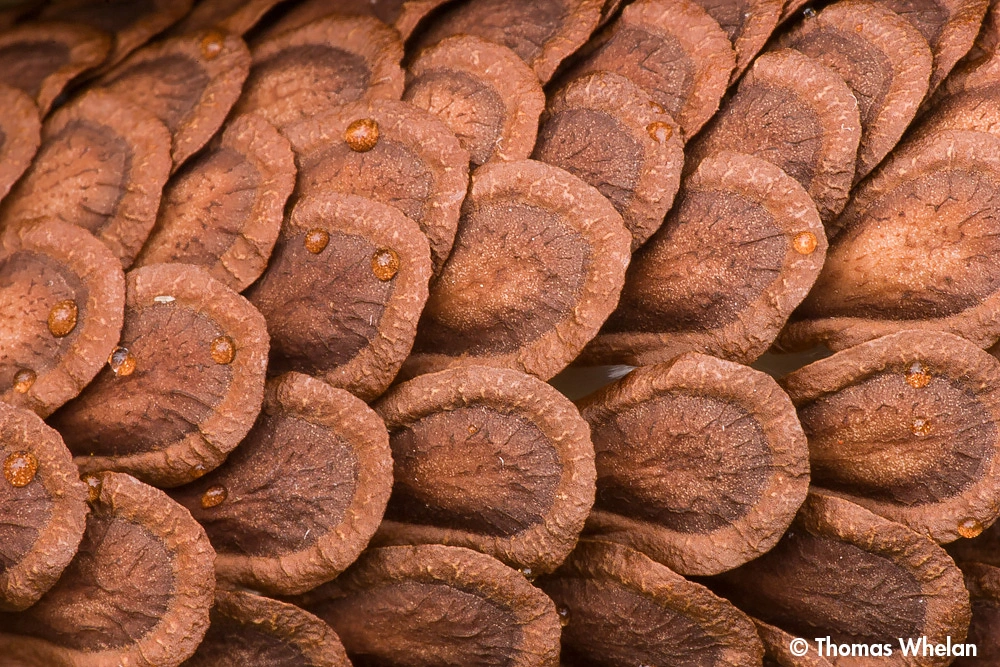
Milkweed Seeds
Seeds for growing plants in the Milkweed genus (Asclepias); required for all Milkweed butterflies, like the Monarch and Queen.
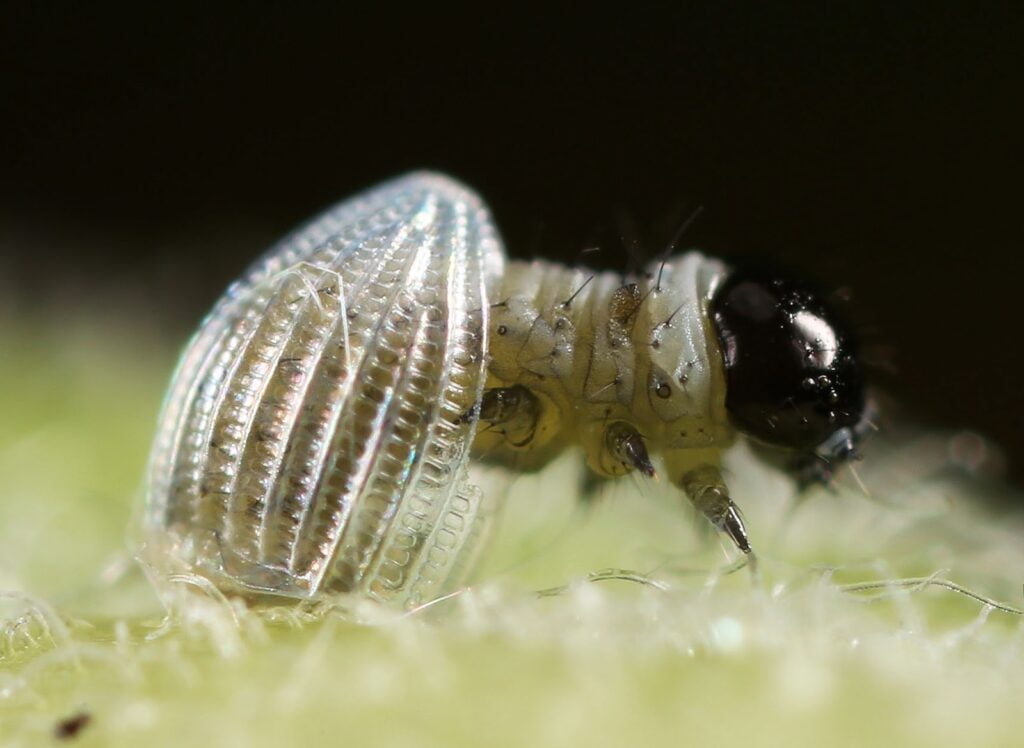
From Egg to Caterpillar: A Nutrient-Rich Transformation
As the days pass, the initially pearly white egg begins to darken, signaling that the magic of transformation is about to occur. But what happens to the eggshell after the caterpillar hatches? Nature, in its wisdom, wastes nothing.
These emerging caterpillars, affectionately referred to as “cats” by enthusiasts, exhibit a fascinating behavior. They don’t merely leave the eggshell behind. Instead, they consume it. By weathering the egg skin and absorbing it, the caterpillar reclaims the nutrients, ensuring a nutrient-rich start to its life. This act is nature’s way of recycling and ensuring that every bit of resource is put to good use.
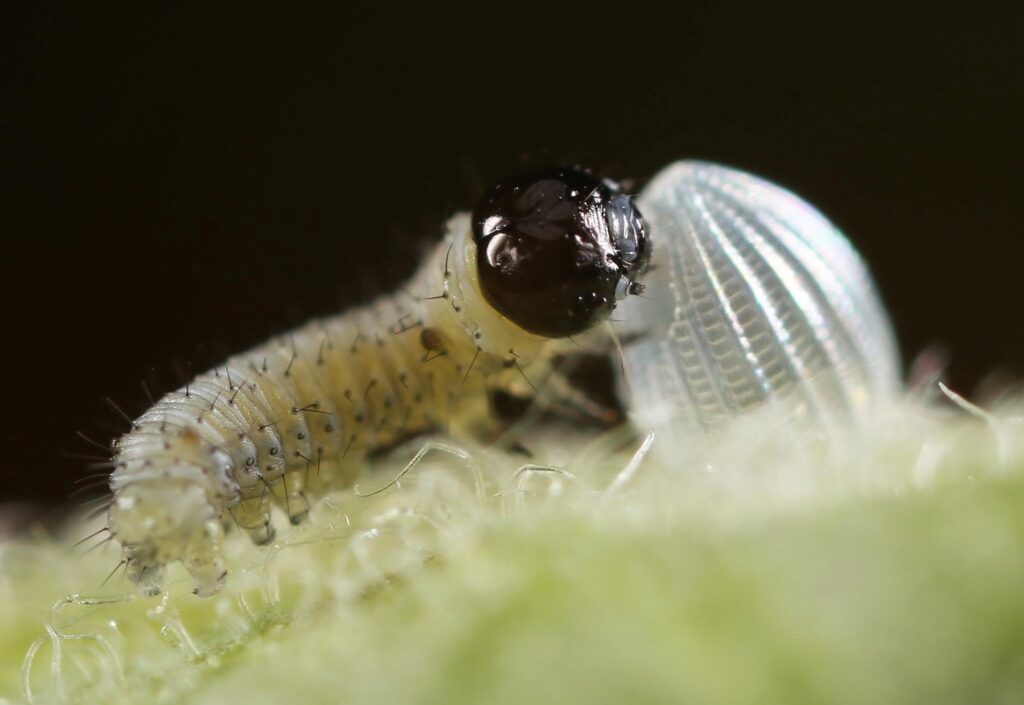
In Conclusion
The Monarch butterfly egg, with its delicate beauty and vital role in the butterfly’s life cycle, is a testament to the wonders of nature. Every stage, from its pearl-like appearance to the nutrient-rich hatching process, paints a vivid picture of the intricate dance of life. As we marvel at these miracles, we’re reminded of the delicate balance of nature and the interconnectedness of all its creatures… one day at a time!
